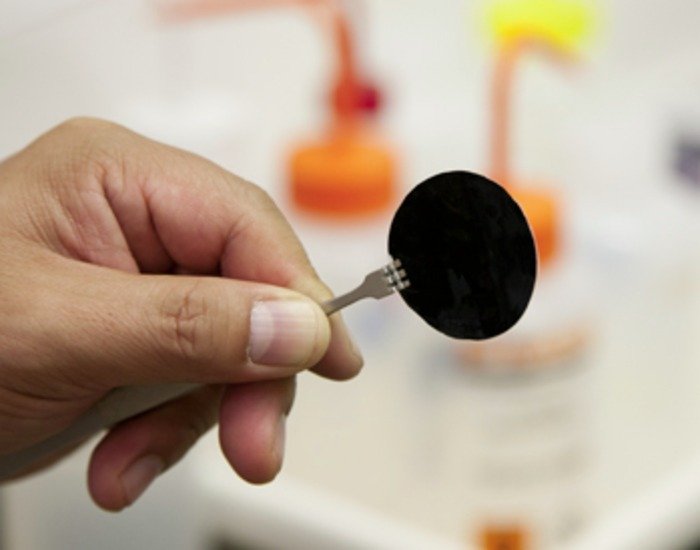LIVERMORE, Calif., Nov. 1 (UPI) -- A new fabric for military uniforms made with carbon nanotubes can repel chemical and biological agents, researchers in California say.
Scientists at the Lawrence Livermore National Laboratory say the material has been designed to undergo a rapid transition from a breathable state to a protective state.















